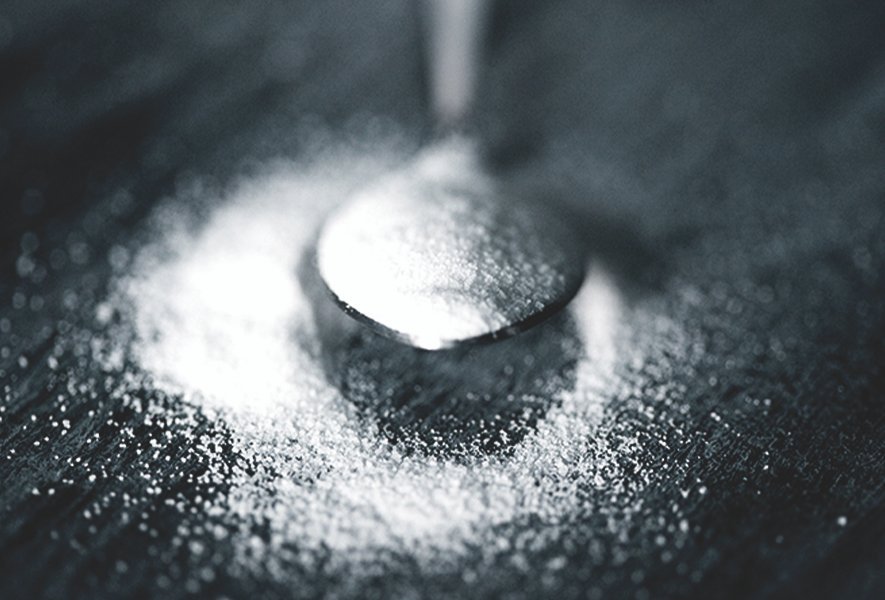Sugar has sparked controversy in the nutrition and fitness industry due to its potential health implications. While the body uses sugar for energy, excessive consumption can contribute to various diseases and increase the risk of cardiovascular issues, high cholesterol, weight gain, diabetes, and non-fatty liver disease (NFLD).
Moreover, the effects of excessive sugar intake can also manifest on the skin, leading to an increased risk of skin-related conditions such as acne, eczema, and premature aging. Nutritionist Nmami Agarwal recently addressed the detrimental effects of sugar on the skin in an Instagram post.
View this post on Instagram
Inflammation and acne
“Consuming excessive amounts of sugar can trigger inflammation in the body, which may result in acne breakouts on the skin. High sugar intake can cause insulin levels to spike, leading to the overproduction of sebum, clogged pores, and the proliferation of acne-causing bacteria,” she explained.
Premature aging
Sugar promotes a process known as glycation, in which sugar molecules attach to collagen and elastin fibers in the skin. This weakens the skin’s resilience, making it more susceptible to wrinkles and premature aging.
“The formation of advanced glycation end-products (AGEs) is accelerated by elevated insulin levels. These AGEs can harm collagen and elastin fibers, resulting in a loss of skin elasticity, increased wrinkles, and sagging,” the expert stated. A 2010 study published in the National Library of Medicine found that elevated sugar levels, combined with exposure to ultraviolet light, accelerate the process of covalently cross-linking collagen fibers in various body tissues, including the skin.
Increased sebum production
High sugar consumption leads to rapid blood sugar level spikes, which, in turn, trigger an increase in insulin production. “Elevated insulin levels can stimulate the sebaceous glands to produce more sebum. This excess sebum can contribute to oily skin, potential pore blockages, and an increased likelihood of acne breakouts or dull and tired-looking skin,” Nmami Agarwal explained.


